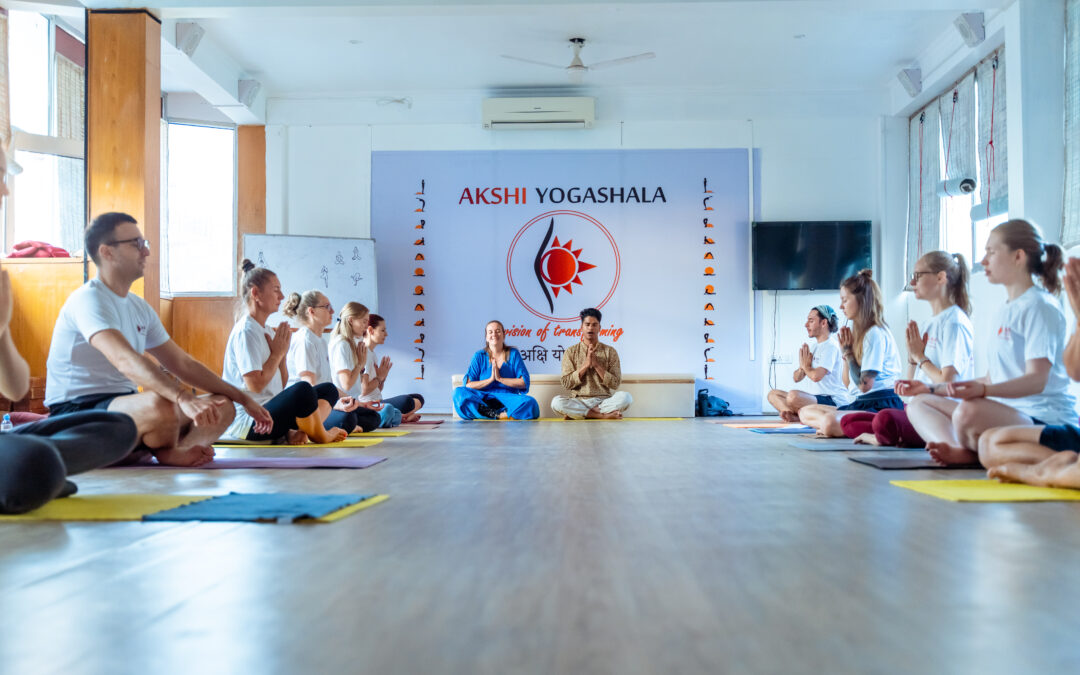
by admin | Jun 20, 2025 | Health & Wellness
In a modern busy lifestyle, stress and anxiety seem to be uninvited guests who overstay the welcome. Whether it is the constant bane of notifications or the increasing demands of everyday life, tranquillity can be hard to acquire. However, did you know, that a cheap...

by admin | Jun 12, 2025 | Health & Wellness
Hello, everyone, yoga lovers and those who want to know more about it! Whenever you felt the desire to get a more thorough stretch or needed some peace in the sea of worries and trouble, there is no need to search further, Janu Sirsasana or the Head-to-Knee Pose is...

by admin | Jun 1, 2025 | Health & Wellness
Do you want to be able to turn your love of yoga into a career you love? Located in the foothills of the holy Ganges River, Rishikesh, the origin of yoga, will provide you with the unique chance to strengthen your practice and spread its knowledge to others. But,...

by admin | May 22, 2025 | Health & Wellness
We all live in a hectic world full of stress and distractions, and achieving some peace of mind seems like a dream. Meet Yoga Nidra- a life-changing practice that will welcome you to the place of deep relaxation and self-exploration. Also known as yogic sleep, this...

by admin | May 10, 2025 | Health & Wellness
Welcome to a journey of transformation! You should try Padmasana often because this yoga posture can assist you when stress holds your mind down or when your digestive system needs help. tâyoga posture from the ancient times serves as an advanced body posture which...






